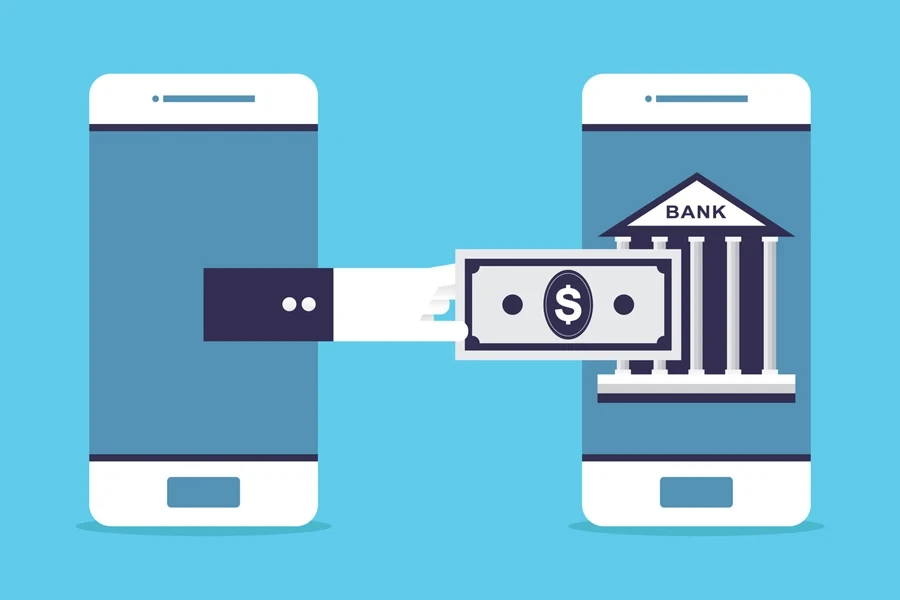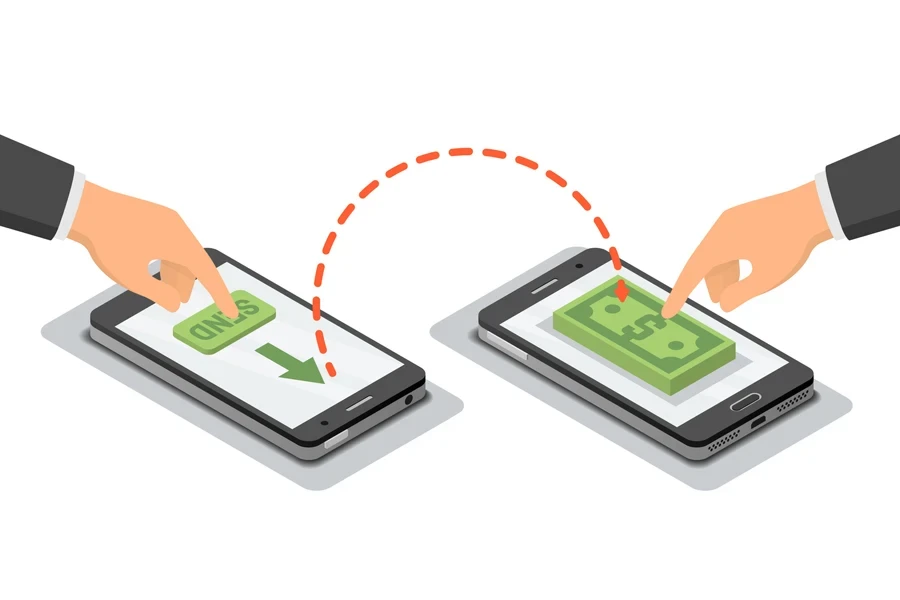The postal service is a good example of how something can be affordable, reliable, and efficient—especially considering how much mail it handles and how far it travels. ACH transfers work similarly, but for sending money electronically. If every ACH transaction is a letter, the ACH network is the system that helps deliver it.
Like how a post office collects and sends mail at scheduled times, the network groups and processes ACH transfers in batches. This makes the system secure and cost-effective, though it can take longer than other ways to send money. Keep reading to see how long ACH transfers usually take and discover the rules businesses need to know when using them.
Table of Contents
A closer look at ACH (Automated Clearing House)
Typical timelines: How long do ACH transfers usually take?
Same-day ACH for when you’re in a rush
How ACH transfers work behind the scenes
What factors can slow ACH transfers down?
3 rules businesses should know before using ACH transfers
1. NACHA compliance
2. Authorization requirements
3. Consumer protections
Wrapping up
A closer look at ACH (Automated Clearing House)

The Automated Clearing House Network (ACH) helps many American banks send money electronically. It’s run by NACHA (National Automated Clearing House Association), a not-for-profit group that regulates and manages the ACH network. This organization also works with around 11,000 banks and financial institutions across the U.S.
Typical timelines: How long do ACH transfers usually take?

Most ACH transfers usually take one to three business days from when senders authorize them to when they appear in the recipient’s bank account. In certain cases, though, it can happen faster—sometimes even on the same day. More importantly, the two types of ACH transactions have different processing speeds. Here’s a closer look at each one:
- ACH credit transfer is when money moves from one bank to another. The originating bank must also process ACH credit requests within two business days. A common example is when workers get a direct deposit into their bank account.
- ACH debit transactions happen when one bank pulls money from another, like when processing automatic bill payments. Banks must process these transactions within one business day.
That said, many banks will hold funds an extra day or two to confirm the account has enough money, so you might notice funds arriving a bit later than you expected. It helps reduce the risk of insufficient funds (and prevents overdraft fees).
Same-day ACH for when you’re in a rush

Many banks offer same-day ACH, a premium service that’s faster but often comes with an extra fee. Even with same-day, the money might not show up instantly if you submit it too late in the afternoon. Banks typically have cutoff times (like 2 or 3 p.m.), so a request at 4 p.m. may still be classified as next-day. While same-day ACH can get funds moving within hours, the final posting might not happen until the following morning.
How ACH transfers work behind the scenes

To see why transfers don’t happen at the snap of a finger, let’s follow the typical path of an ACH payment:
1. Initiation: You log onto your bank’s website or payment app and make a transfer request, maybe to pay a freelancer or settle a monthly subscription.
2. Batching: Your bank (officially called the “originating depository financial institution,” or ODFI) collects your request and hundreds or thousands of others. ACH works in cycles, so if you miss a certain window, your payment sits tight until the next outgoing batch.
3. Dispatch: At scheduled times throughout the day, the bank sends these batched transactions to an ACH operator (the Federal Reserve or the Electronic Payments Network). This dispatch might occur once every few hours on a business day.
4. Sorting & forwarding: The ACH operator receives all these bundled transactions, sorts them by receiving bank, and then relays them onward. Each receiving bank is known as the “RDFI,” or receiving depository financial institution.
5. Processing: The receiving bank receives notification to deposit the money into the receiver’s account. That bank then double-checks the details, ensuring enough money on the originating side (if it’s an ACH debit) and verifying that there is no fraud or mismatch. This step is where an extra day or two can slip into the timeline.
6. Deposit: The funds appear in the recipient’s account. Everyone is happy, and the transaction is complete.
What factors can slow ACH transfers down?
- Bank cutoff times: If you schedule a payment on Friday night, the process usually can’t start until Monday morning (assuming no holidays).
- Verification holds: Some banks pause incoming funds to confirm whether they exist with the source account. This extra precaution can take a day or two.
- Weekends and holidays: ACH doesn’t move on Saturdays, Sundays, or federal holidays. So, a Friday request might not be finalized until Tuesday or Wednesday.
- Data mistakes: Typos in account or routing numbers can delay everything as the transaction bounces back for corrections.
3 rules businesses should know before using ACH transfers

1. NACHA compliance
NACHA’s rules govern the entire ACH network, ensuring consistency and security. Failure to follow NACHA’s guidelines (like obtaining authorization from customers) can result in hefty fines, so businesses using ACH must stay on top of the rulebook.
2. Authorization requirements
Customers should sign an authorization form (physically or electronically) if a business will withdraw money from their accounts regularly. This is a key safeguard that prevents unauthorized debits. Usually, the form has the following fields:
- Company information (like contact number and address)
- Transaction type
- Transaction frequency and future debit permission
- Signature
- Payee name, bank account number, and routing number
- Amount to be paid
- Terms and conditions
Note: Don’t skip this form because it feels unnecessary or might chase customers away. It’s evidence that customers explicitly permitted businesses to take money from their accounts, which is necessary.
3. Consumer protections
If a consumer spots a wrong or fraudulent debit on their bank statement, they usually have 60 days to dispute it. The bank will then reimburse them and investigate the business in question. It’s one reason why record-keeping (and promptly responding to disputes) is so critical for any merchant. Here are some reasons why consumers may dispute a transaction:
- They didn’t give permission or revoke it.
- The business took a higher amount than agreed.
- The businesses took the payment before the agreed-upon date.
Wrapping up
ACH transfers may not be instantaneous, but they’re a staple of modern banking for a reason: they work reliably, cost less than wire transfers, and handle everything from paychecks to subscription fees to vendor bills. If you’re accustomed to the convenience of Venmo or other peer-to-peer apps, waiting a few days might feel old-school.
Yet, for most routine transactions (especially recurring ones), ACH is a trusty method that does the job with minimal fuss. Remember that one to three business days is your typical benchmark, but a same-day service could trim that to hours if you’re in a hurry (and your bank supports it). Just be aware of potential roadblocks like holiday delays, missed cutoff times, and the occasional extra hold for fraud prevention.




